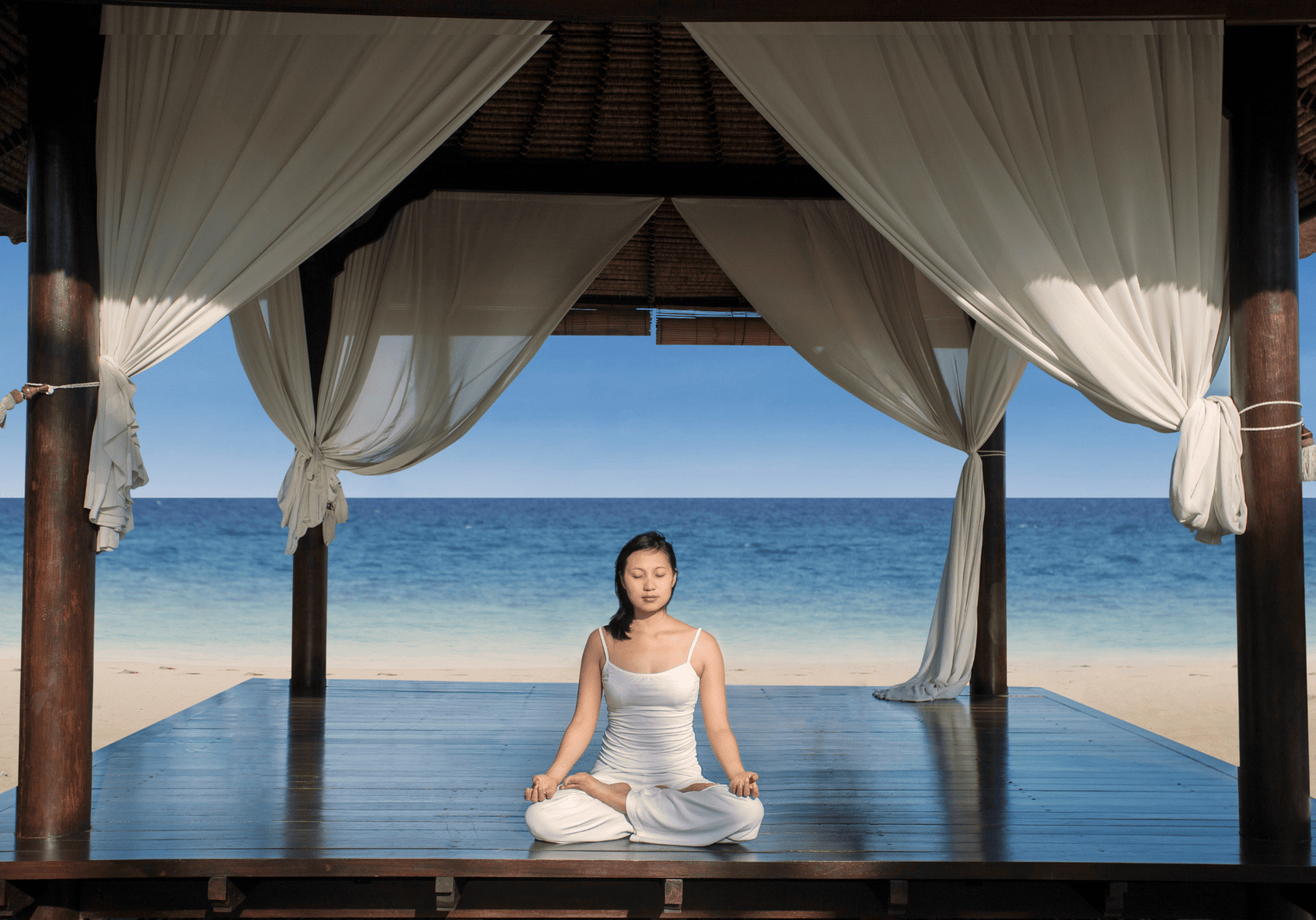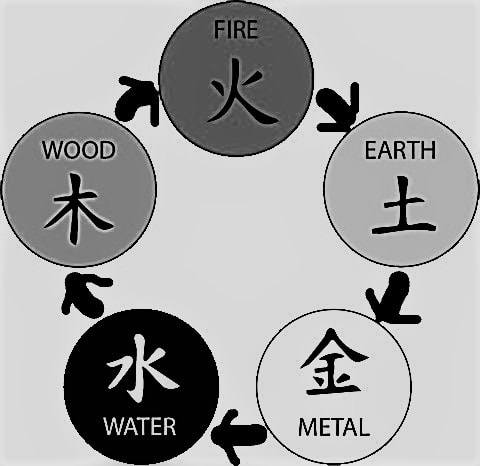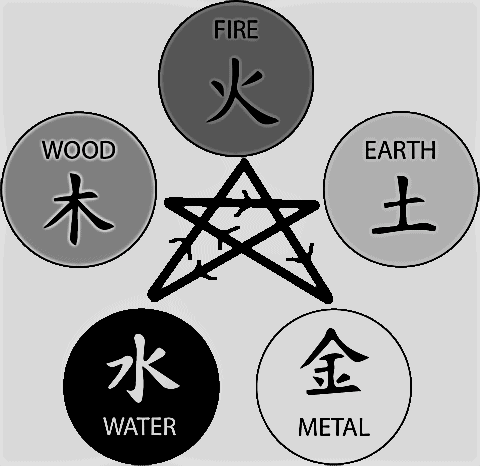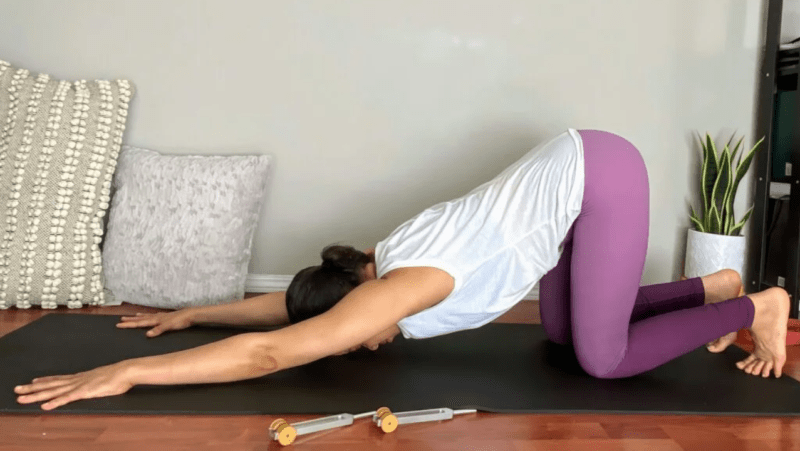
How To Enrich Your Yoga Practice
How To Enrich Your Yoga Practice Using Principles From Traditional Chinese Medicine - By Laurel Stuart
Reading time: 4 minutes
There are a few principles that heavily influence the foundations and practice of Traditional Chinese Medicine (TCM). Our first article looked at the principle of Yin and Yang and how it can be used to enrich our hatha yoga. This article examines the 5-element theory and considers how we can apply its principles in simple ways to our yoga practice.
Throughout the history of Traditional Chinese Medicine, the popularity of the 5-element theory has waxed and waned. Today most practitioners of Traditional Chinese Medicine are familiar with the theory. Some practitioners study the 5-element theory in depth to use it effectively in clinic. The 5 elements in TCM are wood, fire, earth, metal and water. In TCM these elements can be found in varying degrees within our bodies and throughout the universe. Each of us has our own unique combination of these 5 elements.
Each element is associated with a specific movement, season, colour, sound and emotion etc. For the purpose of this article we will only consider a few key associations of each element. Wood is associated with the liver and gallbladder, germination, springtime, and anger. Fire is associated with summertime, excitement, the heart, the small intestines and warmth. It’s energy flares upwards and can scorch. Earth is associated with stability and nourishment, the late summer, the spleen and stomach organs, overthinking and worrying. Metal is associated with the lungs and the large intestines, grief and sadness, dryness and the fall. Water moistens. It is associated with pouring downwards, winter, blackness, storage, fear and the kidneys and urinary bladder.
The 5 elements are greatly interconnected. The elements generate and regulate each other. In the generating cycle wood creates fire, fire creates earth, earth creates metal, metal creates water and water creates wood. Wood is considered the mother of fire and fire is considered the child of wood. The fire element is the mother of the earth element, while the earth element is the child of the fire element. Earth is considered the mother of metal, while metal is considered the child of earth. Metal is considered the mother of water and water is considered the child of metal. The water element is the mother of wood and the wood element is the child of water. Contemplate how early Chinese philosophers could have devised this cycle. Water for example without confinement flows everywhere and plausibly loses some of its potency. Of all the elements metal best helps water hold form. It can therefore be argued that metal generates water by offering the element containment.
THE GENERATING CYCLE IN THE 5 ELEMENT THEORY

The elements also control each other. Without control excessive growth in any of the elements can occur, creating imbalance in the body and poor health. In the controlling cycle wood controls the earth element, earth controls the water element, fire controls the metal element and metal controls the wood element.
THE CONTROLLING CYCLE IN THE 5 ELEMENT THEORY

By creating changes in one element we can effectively create change in other elements. Below are a few examples of how we can apply these principles to our yoga practice. Consider the following- grief deeply affects the metal element. If we are grieving we can focus our practice on gently encouraging the free flow of qi through our lungs and large intestine pathways (meridians). We can also promote the free flow of energy through the stomach and spleen pathways (organs associated with the mother element earth) to support the lungs and large intestines. Poses such as bananasana may help some individuals open the lungs and the lung meridian. Saddle pose variations may help open the lungs and stretch some parts of the stomach meridian. This is an example of using the generating cycle of the 5-element theory in our yoga practice.
Here is another example. Severe stress and frustration are considered forms of anger in Traditional Chinese Medicine. Supporting the free flow of energy in the liver and gallbladder pathways as well as the kidney and urinary bladder pathways may help support individuals as they navigate stressful periods of life. The kidneys and urinary bladder are the organs of the water element, the ‘mother’ element of wood. By encouraging the smooth flow of energy in the mother element, the mother element can help support the child element and promote better health. Side bending in straddle pose targets the gallbladder, and parts of the liver and kidney pathways.
In Traditional Chinese Medicine as cis women experience menopause their yin energies weaken. Their yang energies consequently become prominent. The fire element is a yang element while the water element is yin. Water controls the fire element in the controlling cycle. If water is weak then the fire element becomes unbalanced leading to symptoms of warmth (for example hot flashes and sweating). By encouraging the smooth flow of energy through the kidney pathways we may be able to help control the fire element. Stimulating acupressure points such as Kidney 6 and Heart 6 together can promote balance between the fire and water elements in the body. Massaging the feet helps to draw yang energy down, reducing its ability to flare upwards and scorch. Yoga poses such as reclining butterfly can encourage the flow of energy along the kidney channel.
Hopefully the above examples give you some idea of how you can incorporate knowledge of the 5 elements into your yoga practice.
Namaste.








